- Home
- Fat Fast
What Is a Fat Fast?
“What is a fat fast?” This is what my girlfriend asked me the other day. Actually, when she asked, it went like this: “What the @#$% is a fat fast?!” She has a way with words!
We were chatting about weight loss on a keto diet, which is the diet she has been following for some time now. But she was feeling particularly frustrated because she had been stuck at the same weight for a few weeks. She wanted to break out of that stall. So, I suggested she try a fat fast.
Fundamentally, a fat fast falls under the umbrella of a ketogenic diet. It's very high in fat, accounting for about 80-90% of your calories. It’s like keto on steroids!!! Very extreme. Done correctly, it can provide some pretty amazing weight loss results for many people. But of course, there are always varying opinions and conflicting information. So let me see if I can clear up some conflicting information you may have read on the internet.
Limited Menu
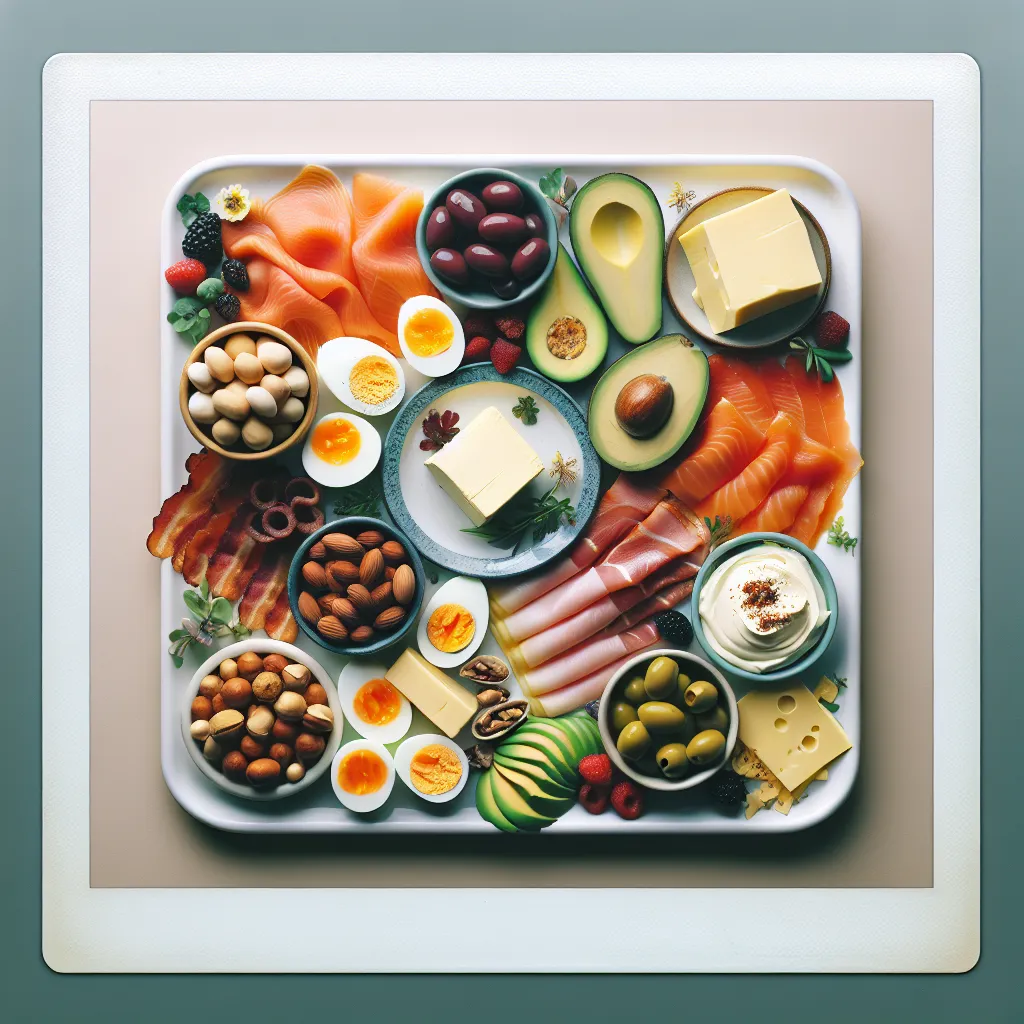
First, a keto fat fast is not a true fast because you are consuming food. But somewhere along the way, this fat regime has been dubbed a “fat fast”. Let’s just roll with it.
The menu is exactly as you would expect it to be. Mostly fat.
There are variations in what you can eat but the selection comes from very fatty food, very few carbs and very little protein.
You will consume about 1000 to 1200 calories per day, max. That’s not a whole lot of food.
Here's where you can learn more about what's on a Fat Fast Menu.
Keto Kick Start!
There are a few reasons for using a fat fast. But they all come down to kick-starting the process of getting the body into a fat-burning state. And of course, that fat burning state is known as ketosis. This is a natural and perfectly healthy thing to happen in your body when there are little to no carbohydrates being eaten. Your body starts using fat as its primary fuel source instead of glucose. I’m talking about the fat you’re eating and the fat you have in storage!
People who decide to try a fat fast are most often trying to break through a weight loss stall. They’ve been following a low carb or keto diet, but they’re just stuck. It happens. A great way to break through a weight loss plateau is to do a fat fast for 3 to 5 days. It’s almost like a re-set switch to get the body back on track to start burning fat again.
The results are impressive, and you may be tempted to go beyond 5 days. DO NOT do that. A fat fast is a short-term intervention. Obviously, the diet is nutritionally incomplete, and you don’t want to get into nutritional deficiencies. And honestly, after 3 days you may be re-thinking this diet altogether. It’s boring as all get up!
What Do You Eat?
Take heart, you’re definitely not doomed to eating just gobs of butter and lard. Not at all! You’ll be eating foods that are very high in fat, including things like avocados, cream cheese, macadamia nuts, olives and more. Here's where you can get a Fat Fast Menu to try out for yourself.
Click or Tap to Get Your Copy Now
Can Anyone Follow a Fat Fast?
No, not everyone can follow this diet. Please consult with your family doctor if you have gallbladder issues, pancreatitis, a genetic disorder, or you’re pregnant or nursing. I know it’s tempting to want to lose weight quickly and at all costs, but this is not something I recommend for everyone. And seriously, it’s best that you do this under professional guidance if you have any health concerns at all.
Please consult with your doctor if you take medications to control blood sugar levels or blood pressure. This way of eating may lower your blood sugar and blood pressure. Please stop the fat fast if at any time you do not feel well.
What Is a Fat Fast? Is It a Magic Bullet?
“What is a fat fast?” you asked. Well, it’s not a magic bullet for permanent weight loss. And it’s certainly not a cure for metabolic health issues. It’s just a very potent tool to kick things into motion and to get traction for losing body fat.
It can be a quick fix and a powerful reset on your low carb journey. It can also be used to manage sugar cravings. I have used it with some of my clients who are addicted to sugar, junk food and carbs. It helps to quiet the mind and is a welcome respite from urges and fixations.
It's Different For Everyone
If you’re not already following a low carb or keto diet, a fat fast will be brutal. You will likely feel terrible, lethargic, irritable, and foggy. I do not recommend anyone begin their low carb journey or a keto diet by starting off with a fat fast.
If you’re already fat-adapted you will likely sail through the 3 to 5 days without any issues while you’re on the fat fast. Some people may feel a bit headachy or have low energy, but it won’t be anything unmanageable.
Everyone will agree though that a fat fast is not easy to do. It’s simple to follow but not easy to maintain. It’s very restrictive and it’s very boring. But it’s also exciting because the results are dramatic and can be very rewarding.
What Happens After?
After you’ve managed to get through the 3, 4, or 5 days of a fat fast, you simply transition back to your regular keto diet. Eat when you’re truly hungry and carry on as usual. What you don’t do is “celebrate” by indulging in treats and ordering take out. Seriously!
You may have lost 5 to 10 pounds, depending on how much body fat you carry. Be prepared to see a rebound of about 2 to 3 pounds when you go back to your regular low carb or keto diet. That’s just the way it goes.
A fat fast is just another handy tool in your toolbox to support your health goals. Use it from time to time during the year for maintenance or to tweak your diet if you hit another plateau or if you need to lose weight very quickly. But DO NOT do a fat fast for longer than 5 days.
Keep it uppermost in your mind that this is just an intervention and not a permanent way of eating. It’s very high in fat and low in calories but also very low in nutrients.
What Is the Fat
Fast Menu Like?
What is a fat fast menu like?… well, it’s very fatty! It’s a bit of a juggle to keep the fat very high while trying to keep the calories fairly low at the same time. You’ll want to include things like cream cheese, avocados and macadamia nuts. You can add bacon, dark meat from chicken and turkey or even some prosciutto. Use these meats sparingly because they do contain protein as well as fat.
You’ll find a few sample menu plans here.
And remember, if you need help on your low carb and keto journey, I’m here to provide support and encouragement. Many have found that the assistance of a professional coach can be of great value. Here is a link to my services.
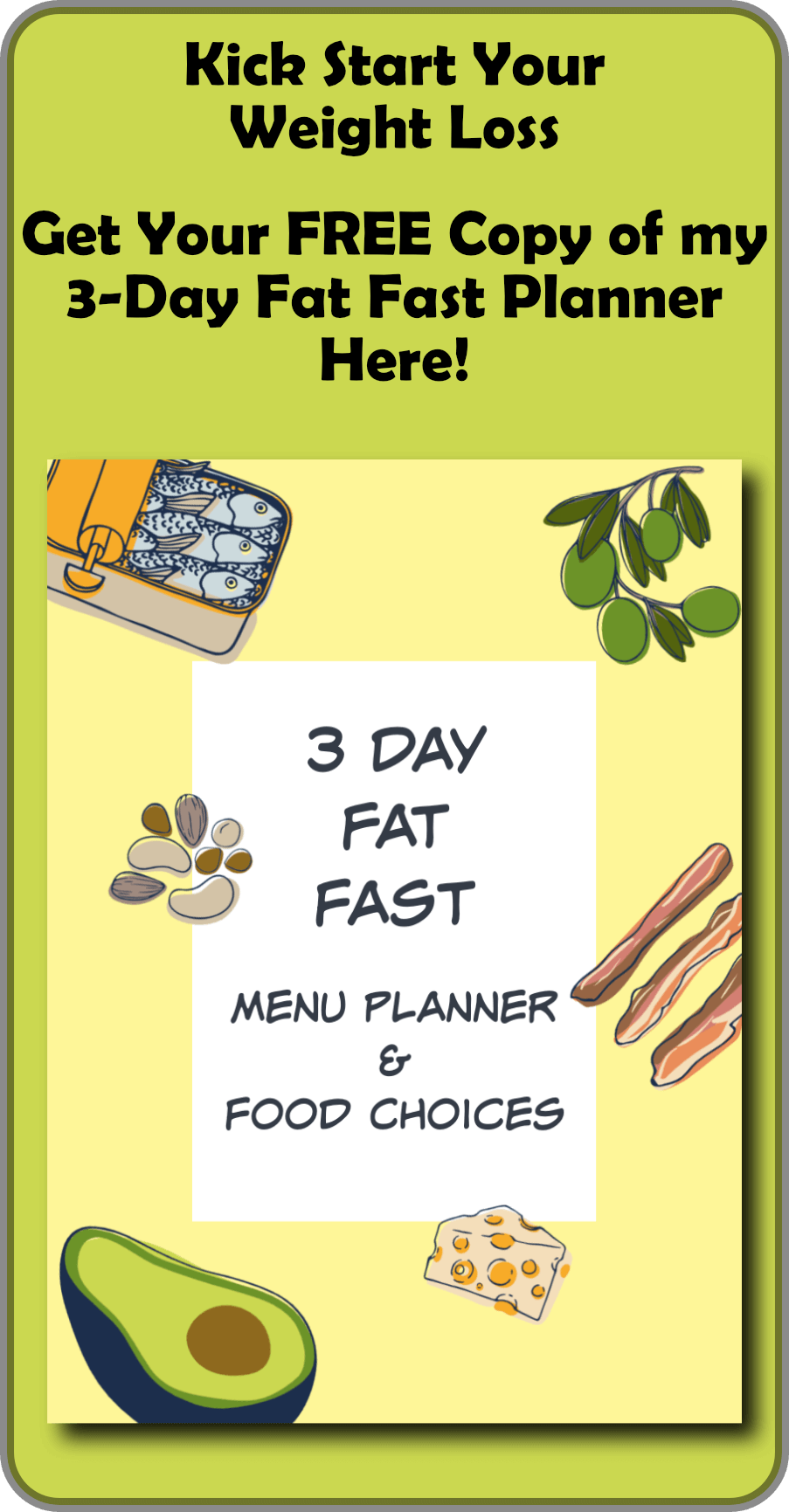
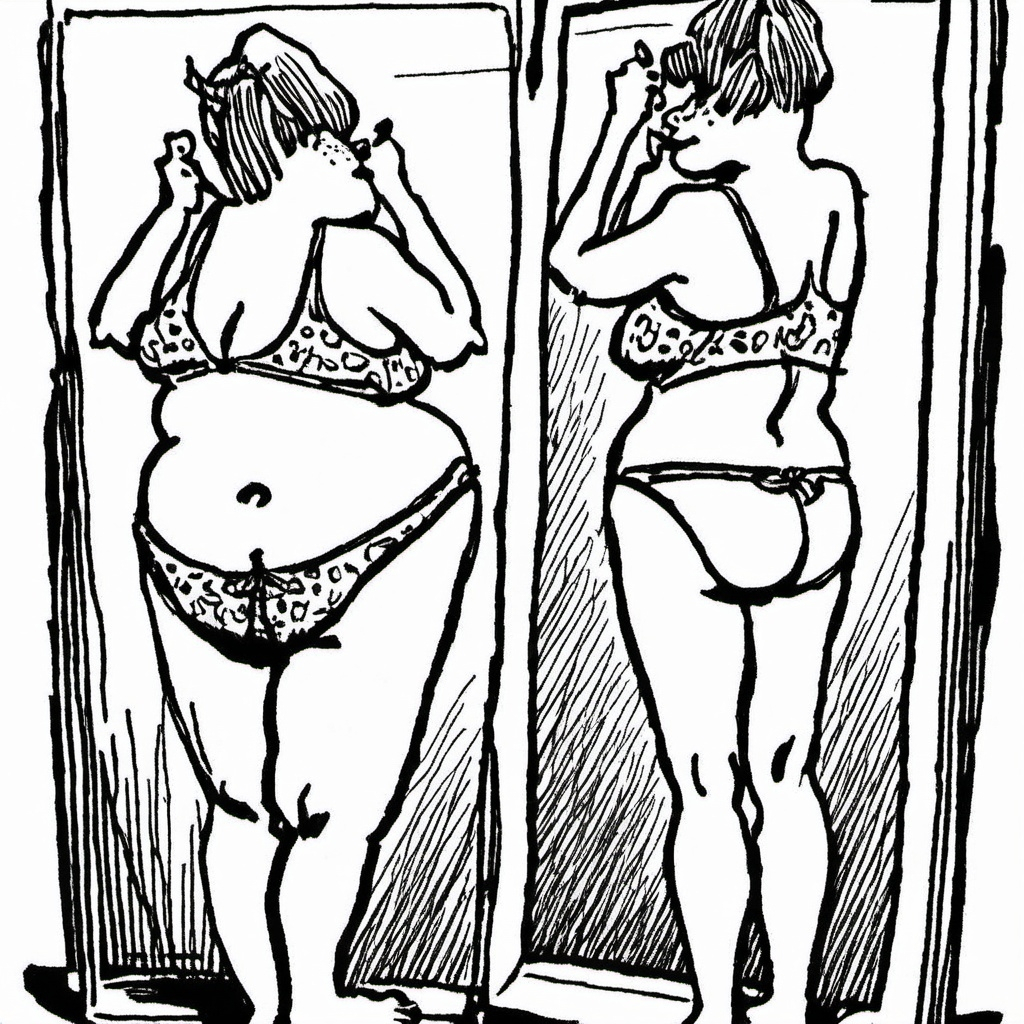
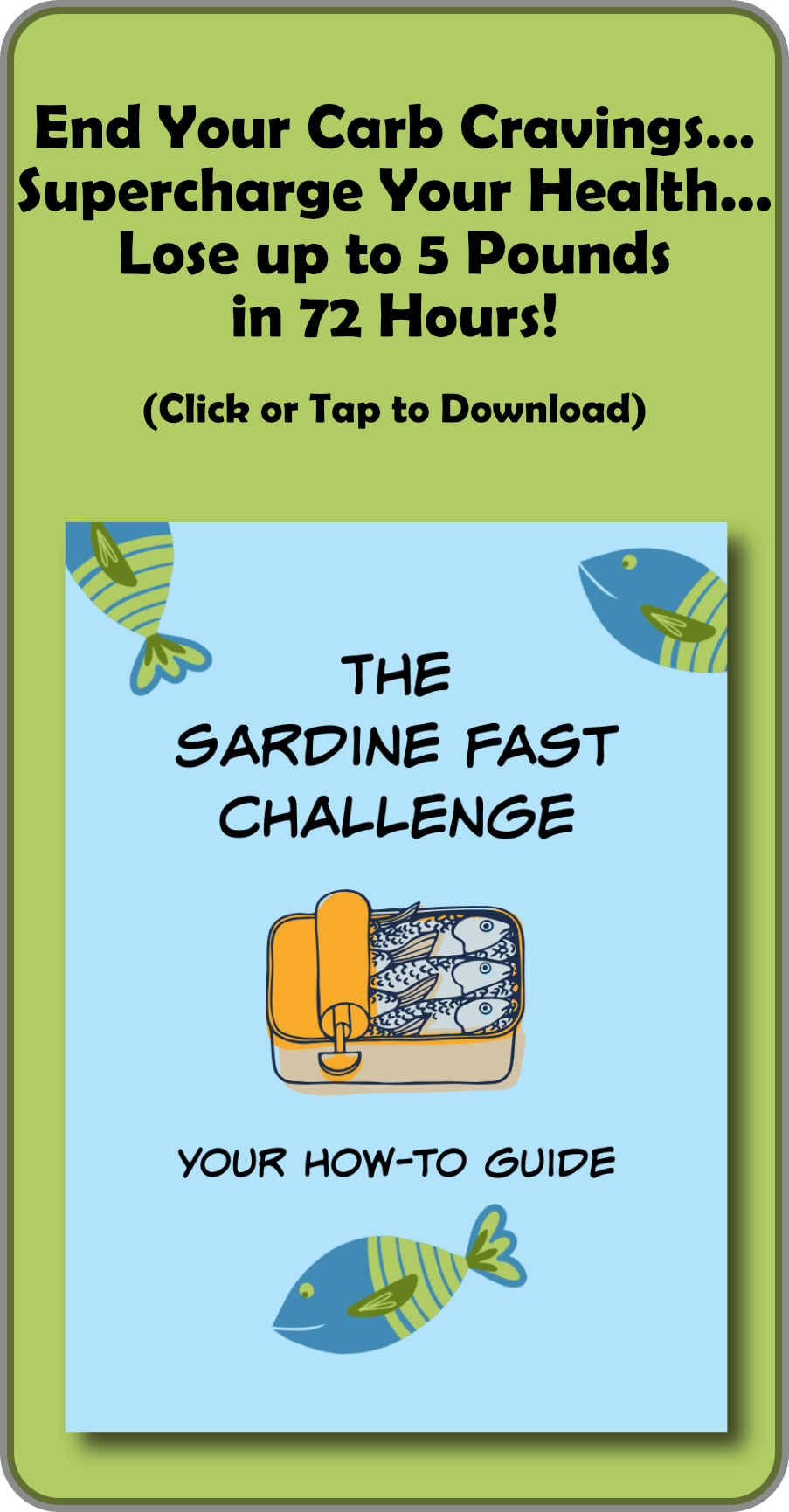
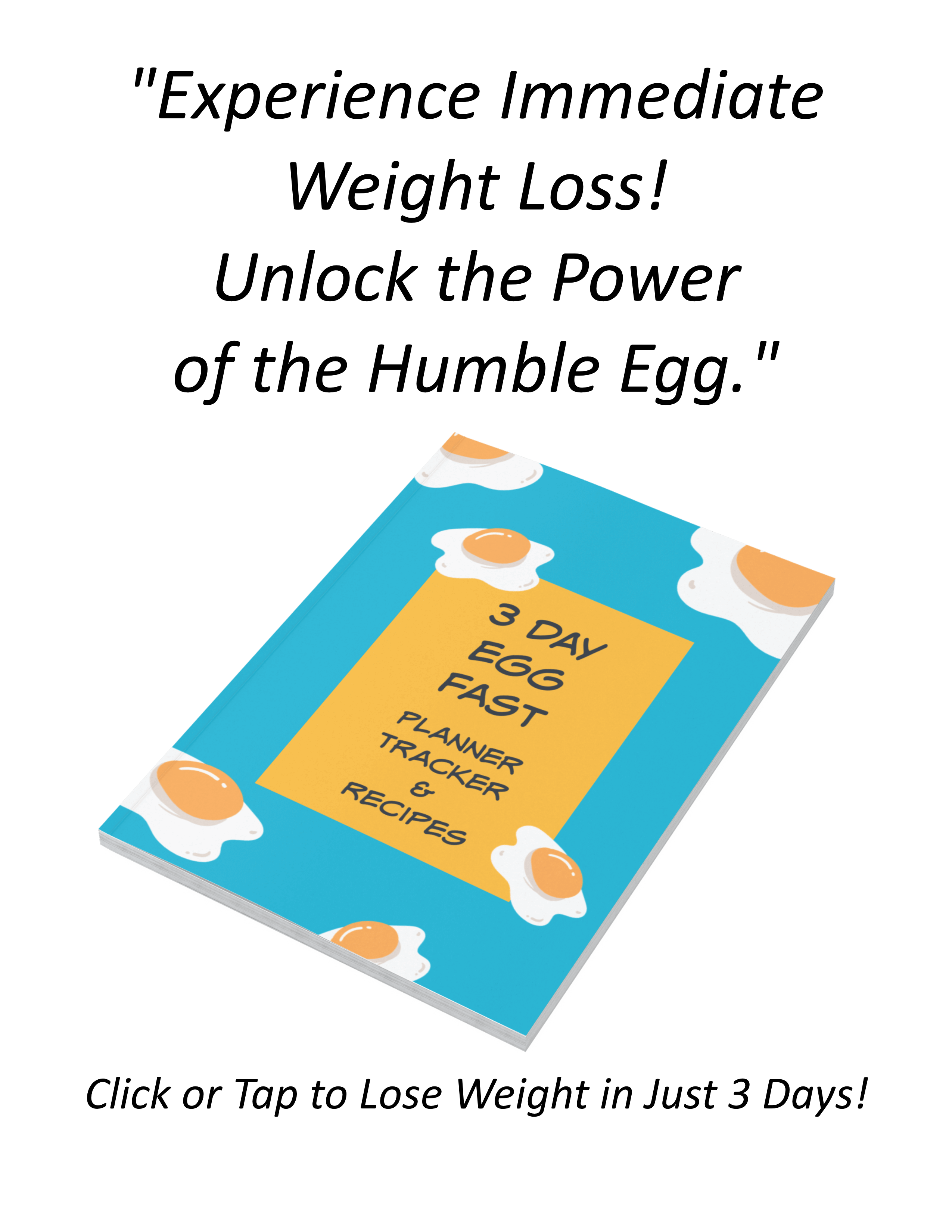

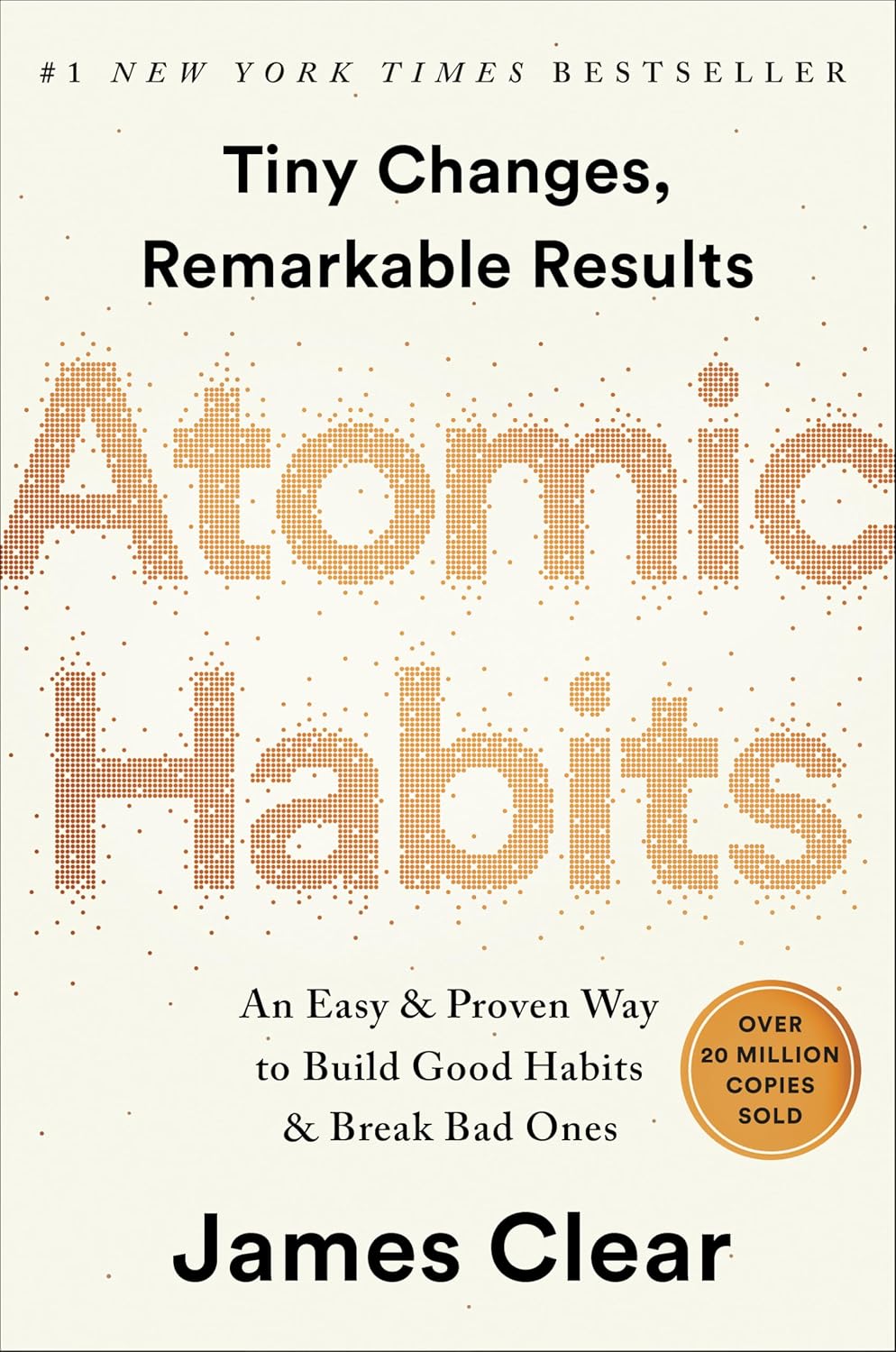
New! Comments
What do you think about what you have read on this page? I'd love to know! Leave me a comment in the box below.